
There has been a drop in the number of people who go to college recently. Data from the National Student Clearinghouse shows a drop of 500,000 fewer students in the fall of 2021 compared to the previous year. Some experts have blamed the pandemic. Others believe that the cost of a college education is not “worth it” based on incomes after graduation and student debt levels. (These are the highest- and lowest-paying college majors in America.)
Four-year colleges, on average, are not hard to get into in America. One study by College Data puts acceptance rates at 66%, meaning most colleges accept more than half of the applicants. But that is the average, and some colleges have far lower acceptance rates. The hardest college to get into is Stanford University.
There are several paths to college acceptance. Usually, academic success in high school is critical. Some colleges consider extracurricular activities. Also, with sports critical at some schools, gifted athletes can get full scholarships. (This is America’s most valuable college football team.)
Several American universities and colleges have acceptance rates below 10%, and at a small number acceptance rates are below 5%. To find the American colleges hardest to get into, 24/7 Wall St. reviewed “23 Colleges With the Lowest Acceptance Rates” published by PrepScholar.
Almost all of the colleges that are hardest to get into are large universities with both undergraduate and graduate programs, including for medicine, law, and business. They also have large endowments, substantial research programs, and professors who are among the greatest experts in their fields. (Find out if some are among the most expensive colleges in every state.)
Another characteristic these “hard to get into colleges” have in common is that a very large percentage are Ivy League schools – a set of Northeastern universities that are over a century old.
Ivy League schools include Harvard University in Cambridge, Massachusetts, Yale University in New Haven, Connecticut, Princeton University in Princeton, New Jersey, Columbia University in New York, New York, Brown University in Providence, Rhode Island, Dartmouth College in Hanover, New Hampshire, University of Pennsylvania in Philadelphia, Pennsylvania, and Cornell University in Ithaca, New York.
Another group includes America’s best technical universities – MIT in Cambridge, Massachusetts, and CalTech in Pasadena, California.
The hardest university to get into does not fall into either of these categories. Stanford University in Stanford, California, which was founded in 1885 by California senator Leland Stanford, has the lowest acceptance rate among all colleges and universities in the U.S., at 3.9%.
When Stanford provided the money for what would become one of America’s great universities, he said it was “to promote the public welfare by exercising an influence on behalf of humanity and civilization.”
Click here to see America’s most selective college
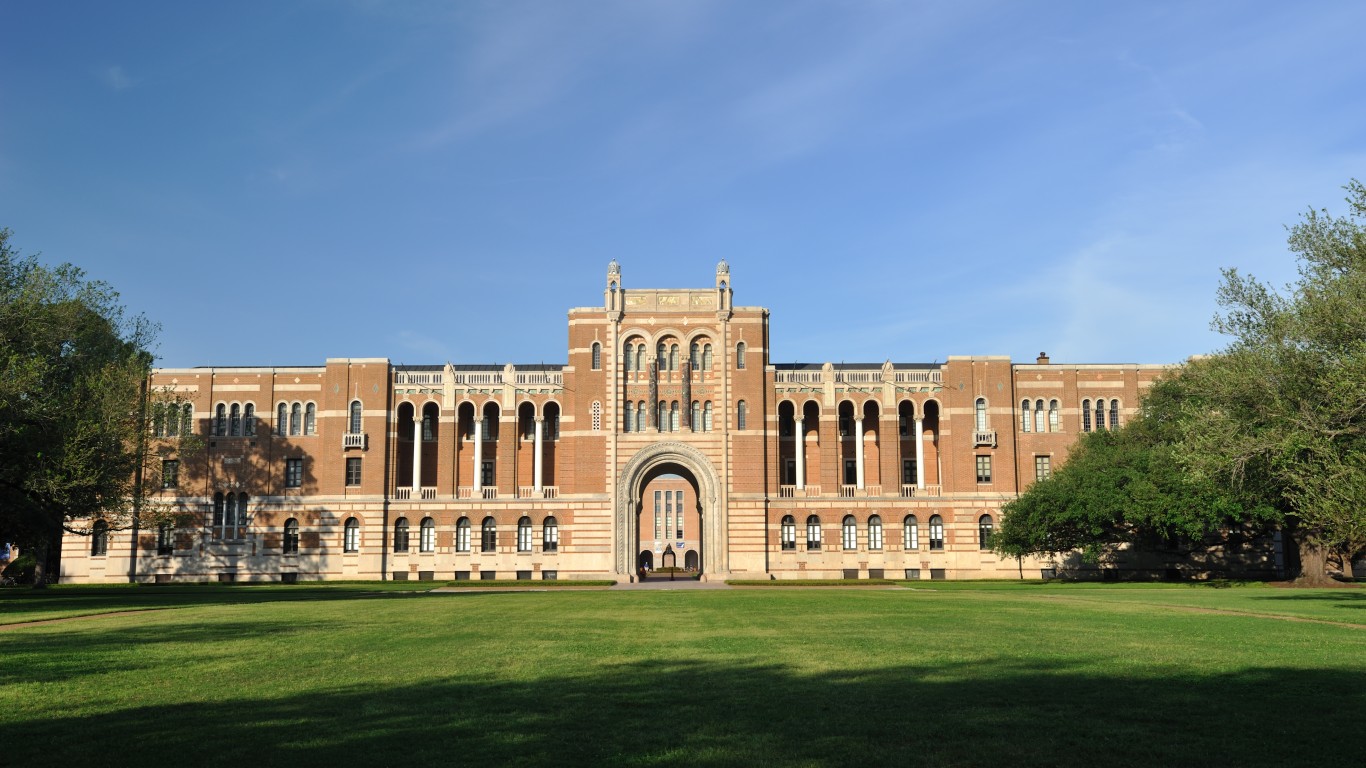
17. Rice University
> Acceptance rate: 9.5%
> Undergraduate enrollment: 4,076
> Average SAT: 1520
[in-text-ad]

16. Cornell University
> Acceptance rate: 8.7%
> Undergraduate enrollment: 14,743
> Average SAT: 1480
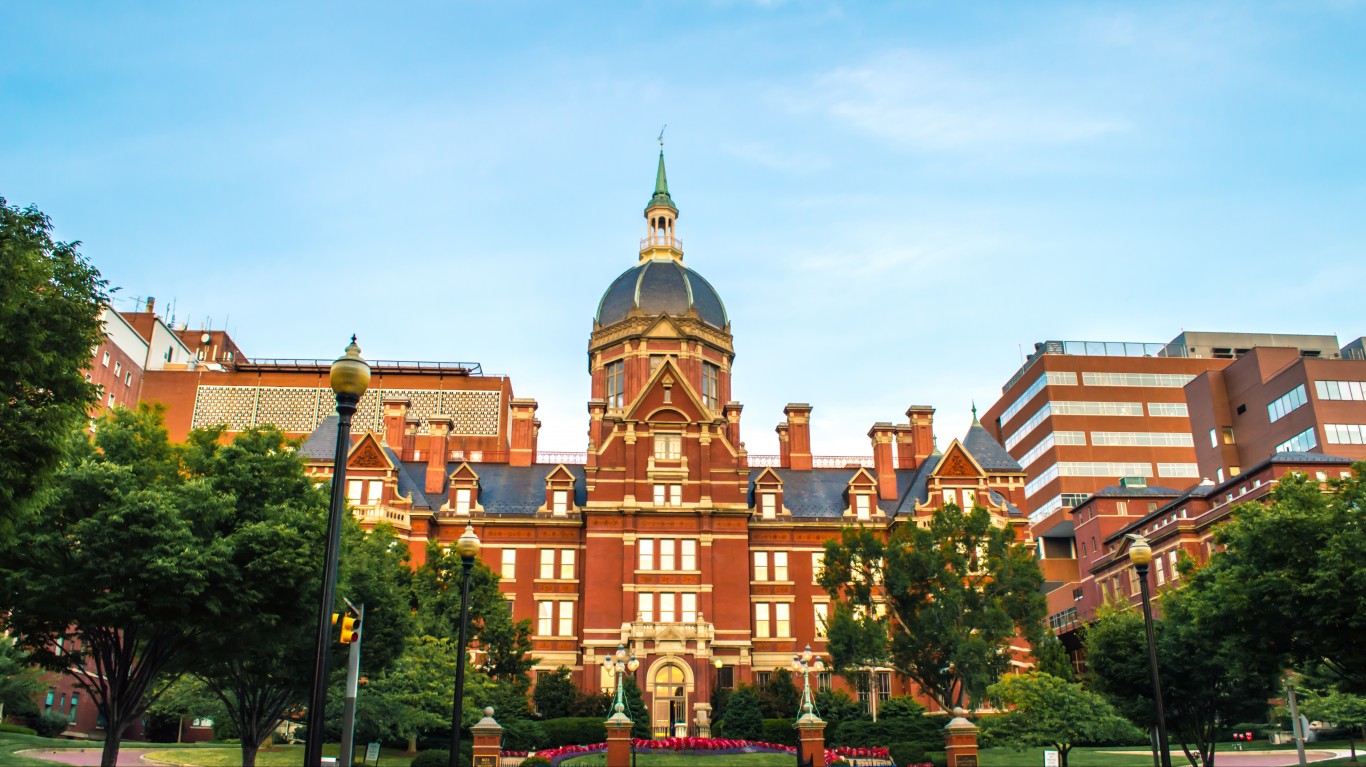
15. Johns Hopkins University
> Acceptance rate: 7.1%
> Undergraduate enrollment: 6,331
> Average SAT: 1510
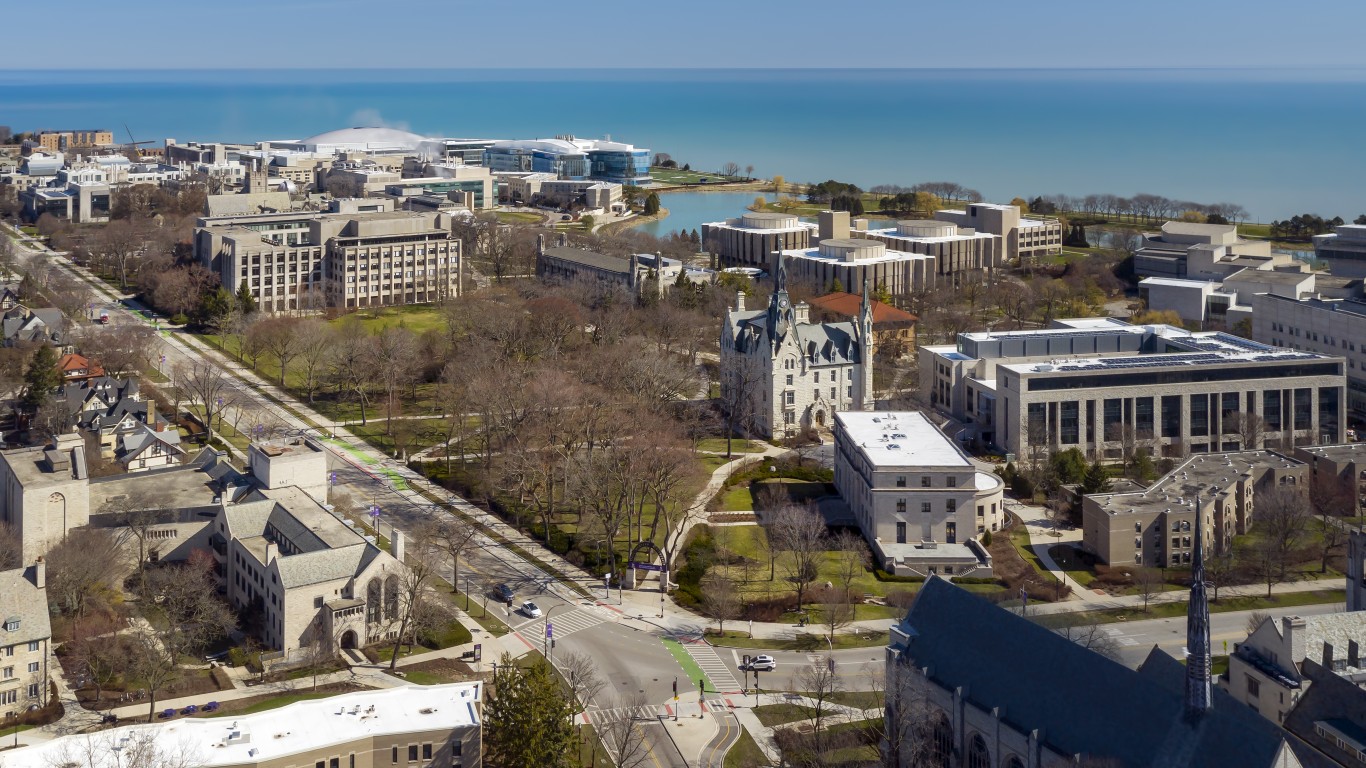
14. Northwestern University
> Acceptance rate: 6.8%
> Undergraduate enrollment: 8,559
> Average SAT: 1500
[in-text-ad-2]
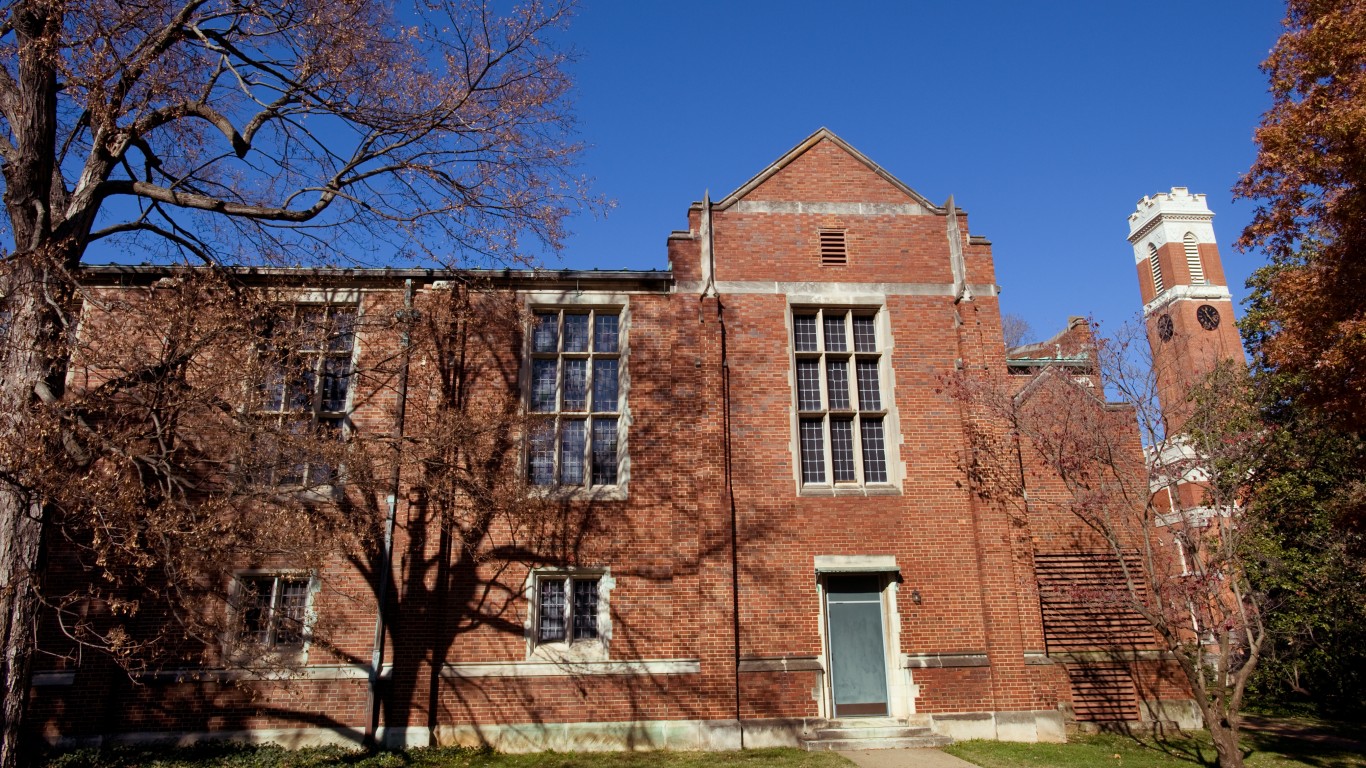
13. Vanderbilt University
> Acceptance rate: 6.7%
> Undergraduate enrollment: 7,057
> Average SAT: 1510
12. California Institute of Technology
> Acceptance rate: 6.7%
> Undergraduate enrollment: 901
> Average SAT: 1520
[in-text-ad]

11. Dartmouth College
> Acceptance rate: 6.2%
> Undergraduate enrollment: 4,170
> Average SAT: 1500

10. University of Chicago
> Acceptance rate: 6.2%
> Undergraduate enrollment: 7,056
> Average SAT: 1520
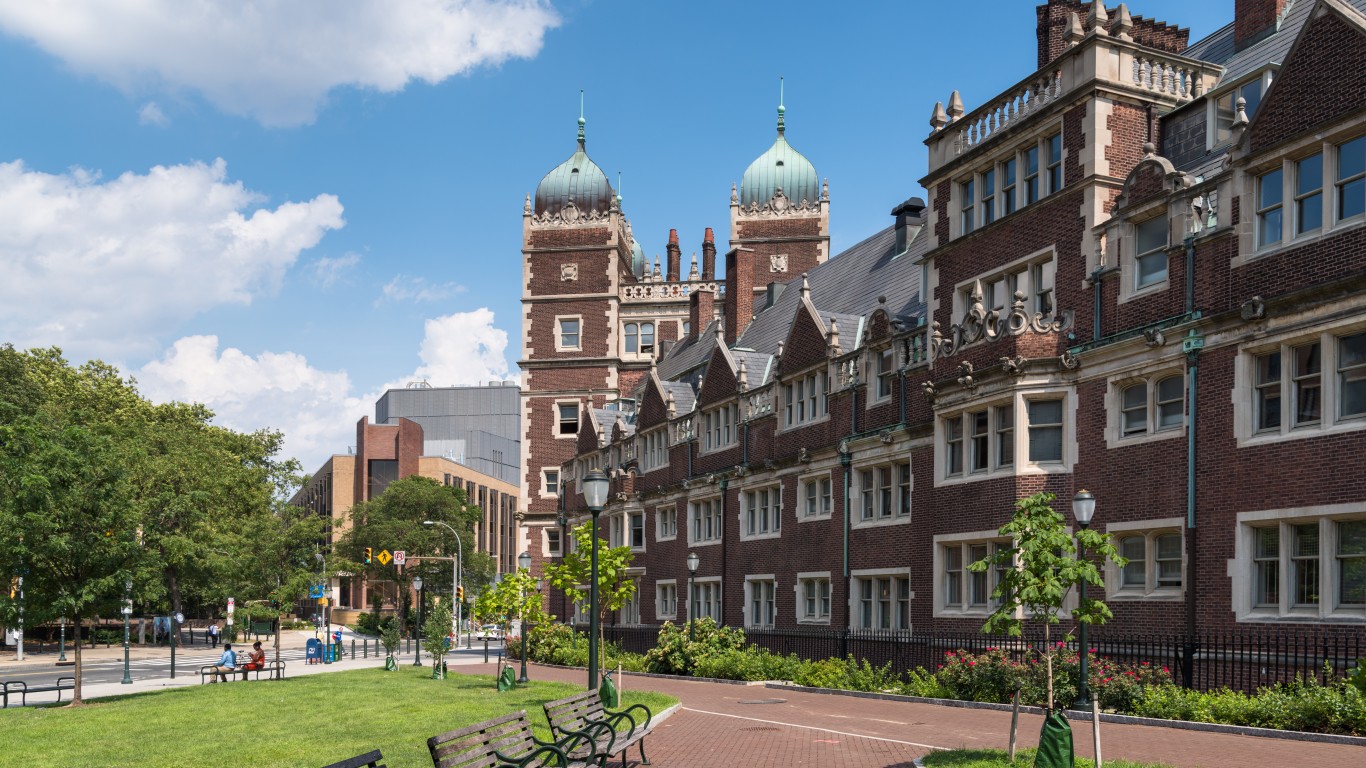
9. University of Pennsylvania
> Acceptance rate: 5.9%
> Undergraduate enrollment: 11,155
> Average SAT: 1520
[in-text-ad-2]
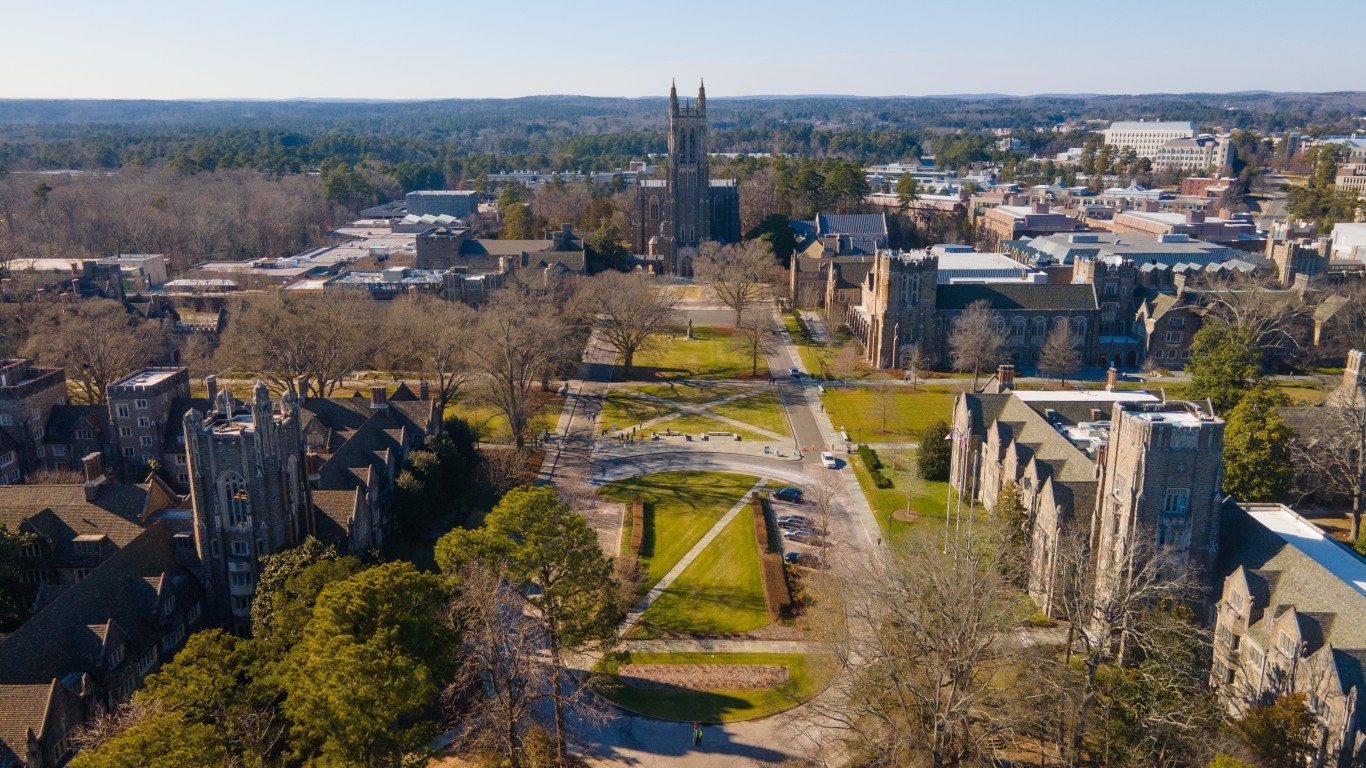
8. Duke University
> Acceptance rate: 5.8%
> Undergraduate enrollment: 6,717
> Average SAT: 1510

7. Brown University
> Acceptance rate: 5.4%
> Undergraduate enrollment: 6,792
> Average SAT: 1490
[in-text-ad]
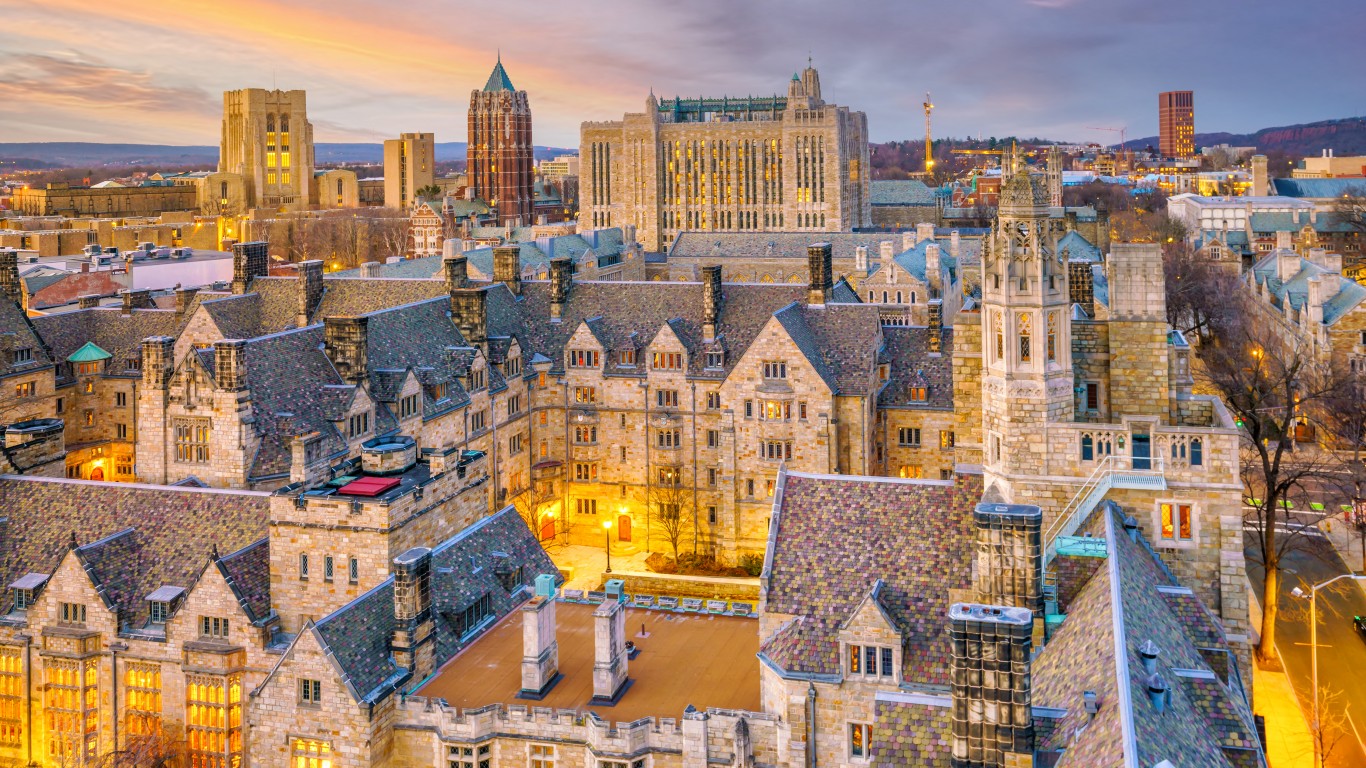
6. Yale University
> Acceptance rate: 4.6%
> Undergraduate enrollment: 4,703
> Average SAT: 1520

5. Princeton University
> Acceptance rate: 4.4%
> Undergraduate enrollment: 4,774
> Average SAT: 1520

4. Massachusetts Institute of Technology
> Acceptance rate: 4.1%
> Undergraduate enrollment: 4,361
> Average SAT: 1540
[in-text-ad-2]
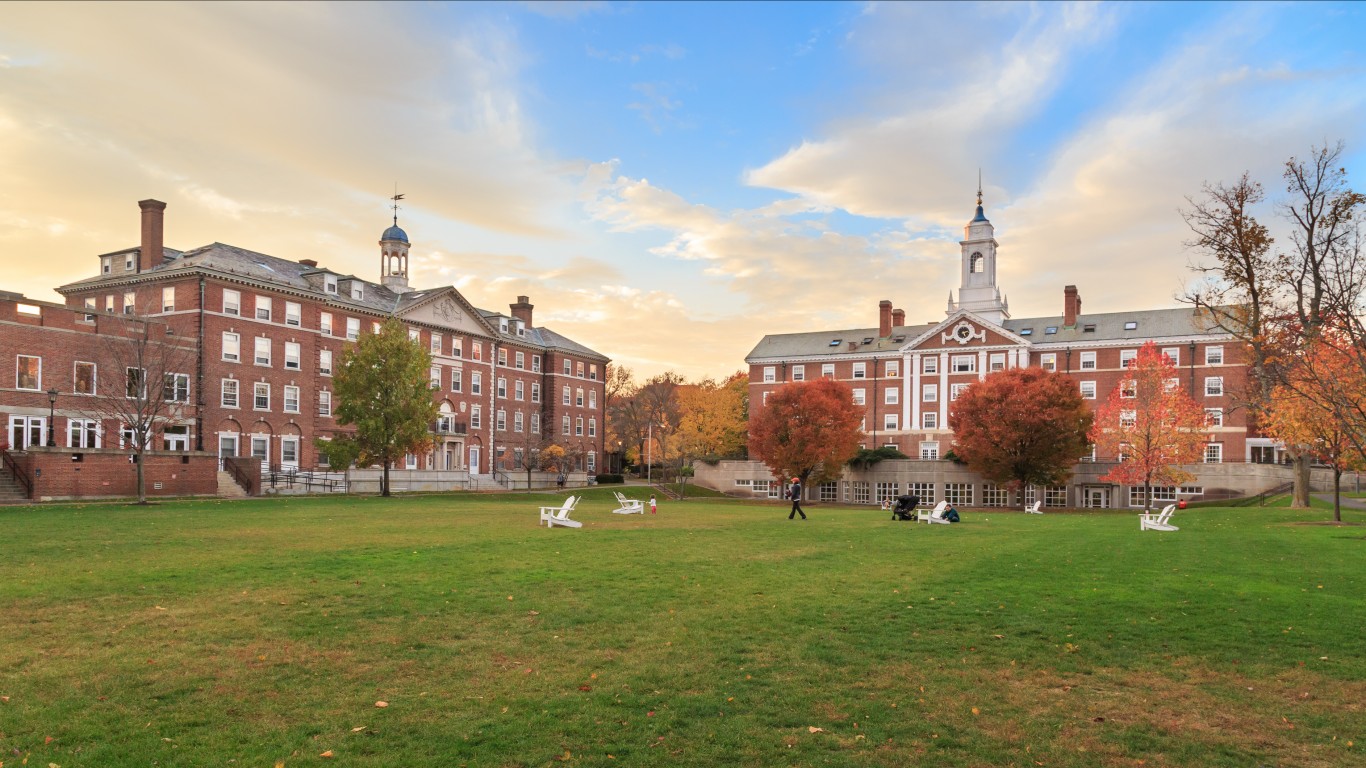
3. Harvard University
> Acceptance rate: 4.0%
> Undergraduate enrollment: 8,527
> Average SAT: 1520

2. Columbia University
> Acceptance rate: 3.9%
> Undergraduate enrollment: 8,148
> Average SAT: 1530
[in-text-ad]

1. Stanford University
> Acceptance rate: 3.9%
> Undergraduate enrollment: 6,366
> Average SAT: 1510
Take Charge of Your Retirement: Find the Right Financial Advisor For You in Minutes (Sponsor)
Retirement planning doesn’t have to feel overwhelming. The key is finding professional guidance—and we’ve made it easier than ever for you to connect with the right financial advisor for your unique needs.
Here’s how it works:
1️ Answer a Few Simple Questions
Tell us a bit about your goals and preferences—it only takes a few minutes!
2️ Get Your Top Advisor Matches
This tool matches you with qualified advisors who specialize in helping people like you achieve financial success.
3️ Choose Your Best Fit
Review their profiles, schedule an introductory meeting, and select the advisor who feels right for you.
Why wait? Start building the retirement you’ve always dreamed of. Click here to get started today!
Thank you for reading! Have some feedback for us?
Contact the 24/7 Wall St. editorial team.
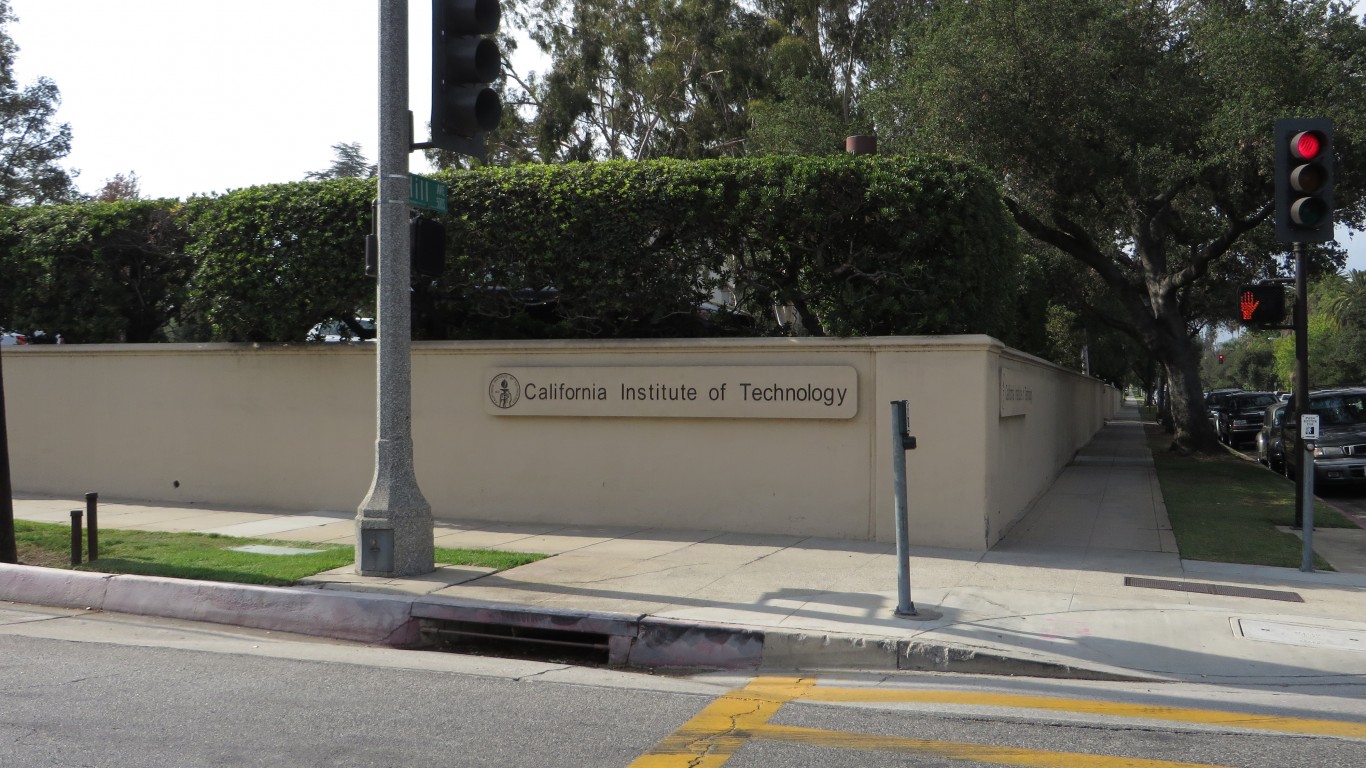
 24/7 Wall St.
24/7 Wall St.